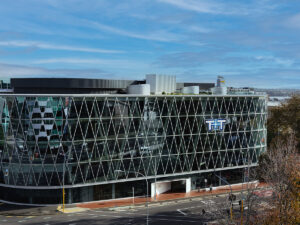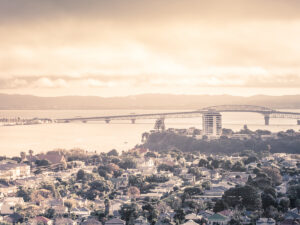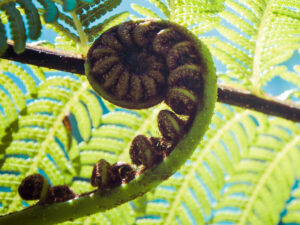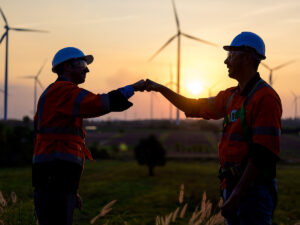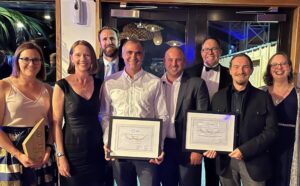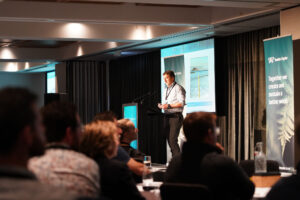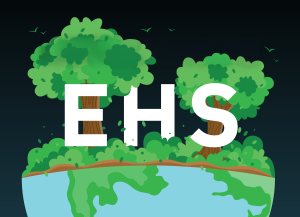Water NZ Stormwater Conference, 2024, Wellington
Whanganui Prison occupies a highly constrained site from which stormwater is discharged directly to the sensitive receiving environments of Lake Pauri, Lake Wiritoa, and surrounding wetlands. An application by Ara Poutama Aotearoa / Department of Corrections to renew the existing discharge consent was lodged in 2013. This provided an opportunity for Corrections to think differently about the way it manages stormwater, and about its own role as an environmental steward. The consent was granted in 2020 following extensive information gathering, concept development, consultation, and collaboration, in which cultural aspirations and the unique operational requirements of a prison came to shape the design process. Show more…SThis paper describes the evolution of stormwater treatment design at Whanganui Prison over the last ten years. It illustrates how the way in which the problem is defined, and the perspectives behind this, drives the design response and, ultimately, the nature of the outcomes.
Central to this journey was Corrections’ partnership with the Whanganui Prison Tangata Whenua Engagement Group (WPTWEG). This vital collaboration shifted the focus of stormwater treatment from simply meeting minimum regulatory requirements to ensuring that the health of the lakes was at the centre of all decisions. This saw the early treatment concept mature into a comprehensive water management philosophy that accounts for cultural values as well as regulatory targets and practical engineering considerations.
The initial treatment concept focussed on proprietary devices retrofitted into a severely hydraulically-constrained stormwater network that discharges to a sensitive but degraded coastal lake environment. The concept was developed without a thorough understanding of the environmental setting, the nature of the discharge quality, or an explicit statement of what the devices were expected to achieve. However, when elements of importance to local iwi were captured alongside the operational and security requirements of the prison, and site investigations improved understanding of contaminant sources, the design criteria widened to include cultural and environmental objectives.
Under the guidance of the WPTWEG, a hybrid design – currently under construction – was developed in which nature-based elements were adopted to reinstate some aspects of the natural water cycle that had been lost. Rainwater harvesting and a naturalised outfall are proposed to further contribute to this outcome.
Corrections’ journey has demonstrated that contemporary stormwater management is not a purely technical or engineering endeavour. When the principles of Te Mana o te Wai are allowed to inform stormwater management decisions, a range of positive outcomes beyond just regulatory compliance can accrue.
The Whanganui experience has led Ara Poutama Aotearoa / The Department of Corrections to change the way in which it implements water quality improvement at its facilities. Cultural input to design is now sought as a matter of course, including at facilities that do not face the same pressures on freshwater protection as Whanganui. Show less…



